 You can learn a lot online about your upcoming vehicle purchase. I’ve already written about finding the official order guide and invoice price list in a forum. That was a big help when negotiating the price for my truck. I also learned that members of the American Quarter Horse Association get $500 off their new vehicle. Membership is only $40 and you have to be a member for 60 days before you can use the rebate. Have I ever told you how much I LOVE quarter horses? Obviously I became a member of this wonderful organization.
You can learn a lot online about your upcoming vehicle purchase. I’ve already written about finding the official order guide and invoice price list in a forum. That was a big help when negotiating the price for my truck. I also learned that members of the American Quarter Horse Association get $500 off their new vehicle. Membership is only $40 and you have to be a member for 60 days before you can use the rebate. Have I ever told you how much I LOVE quarter horses? Obviously I became a member of this wonderful organization.
I was all set to use my $500 discount when Ford corporate swooped in and extended the immediate family discount (A-plan) to nephews. My uncle was able to give me one of his awesome discount codes. The AQHA rebate doesn’t apply to A-Plan vehicles so I didn’t get to use it. Oh well, $40 down the drain and we get some horse magazines fore Elijah to look at.
If you’re in the market, check out the AQHA page and be sure to read the fine print to make sure it applies to you: https://aqha.com/partners/ford/


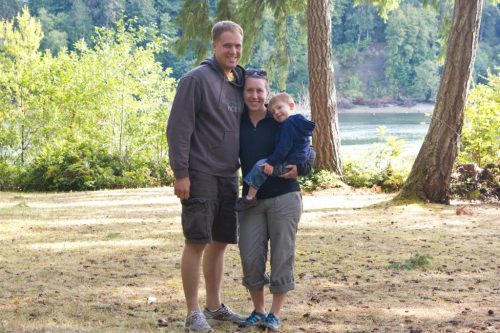
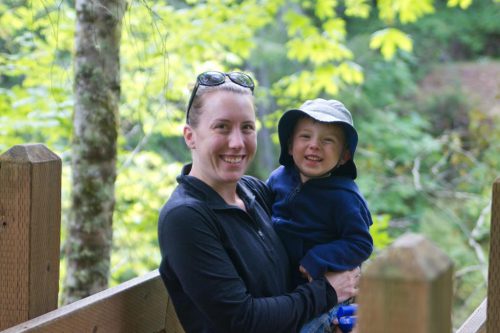
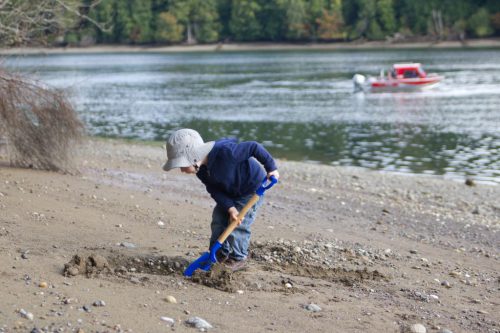


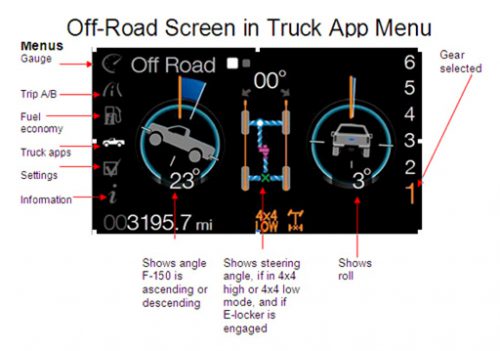
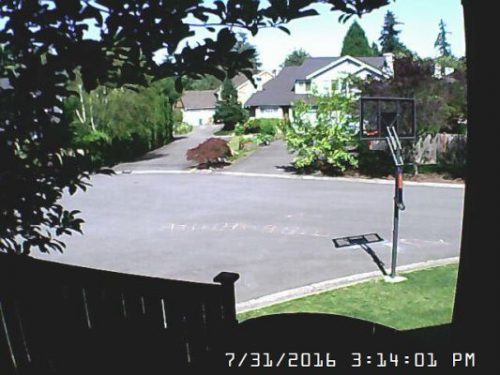

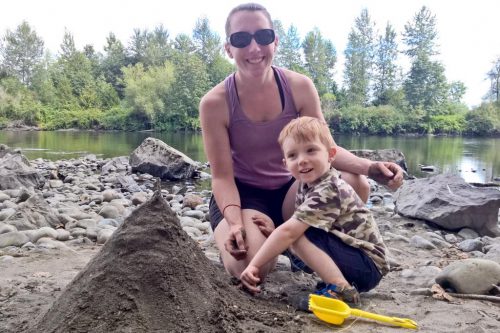
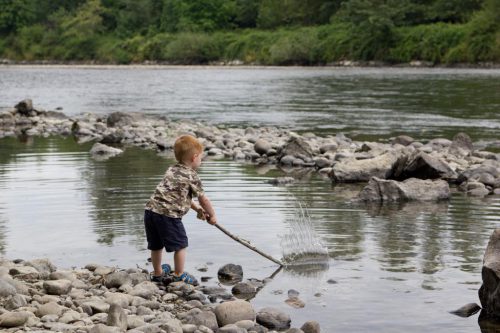


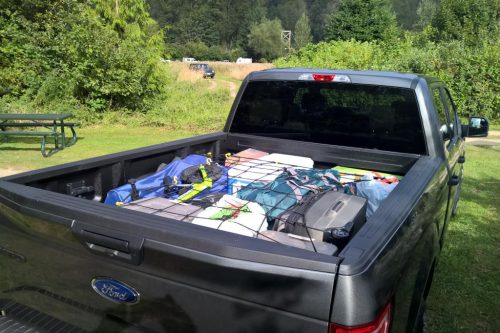

Puget Sound Basins
When we booked the stay in the caboose, I looked at a map, noticed it was on water in the south end of Puget Sound and I assumed it was on Hood Canal. Wrong. It turns out that the sound is divided up into a bunch of different “basins” and Hood Canal is just one of them. We were actually staying on the “South Basin”. The Wikipedia article about Puget Sound has a very nice map showing the different basins and I’ve included that map below.
It felt like the difference between high tide and low tide was huge while we were down there in the South Basin, but surely the tide is the same everywhere, right? Nope. Here’s a quote from Wikipedia: “The difference in height between the Higher High Water and the Lower Low Water averages about 8.3 feet (2.5 m) at Port Townsend on Admiralty Inlet, but increases to about 14.4 feet (4.4 m) at Olympia, the southern end of Puget Sound.” It has something to do with all the interconnections and interplay between the basins, but I couldn’t find any good info explaining the physics of it.
The shoreline is over 1300 miles long! That’s roughly the driving distance from New York City to Miami. We’ve explored only a tiny portion of it, but there are lots of great spots for further investigation in the future.